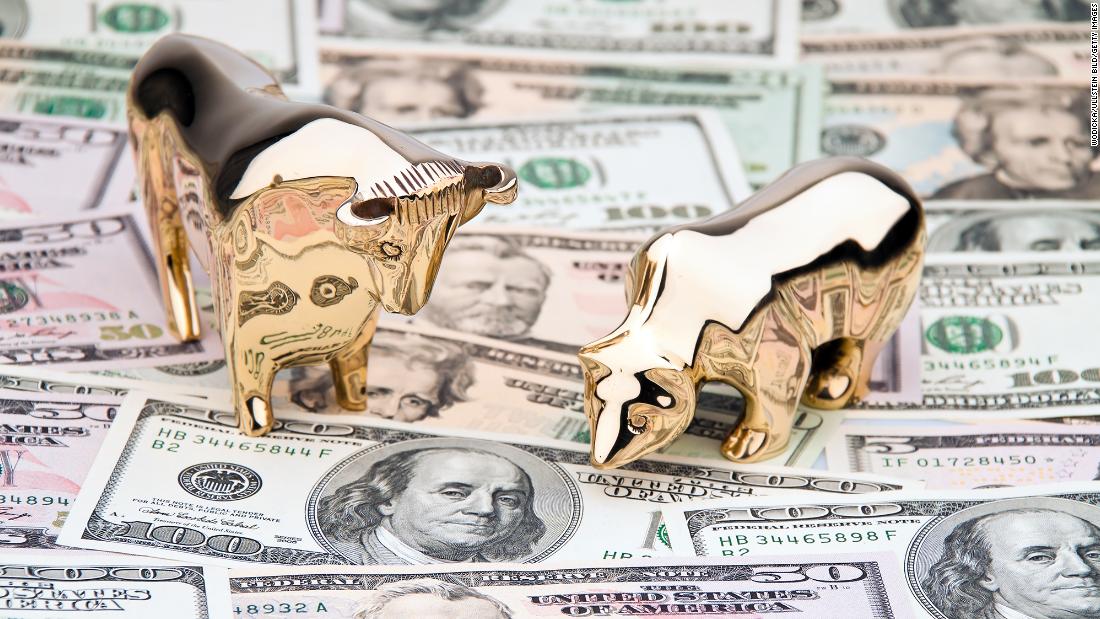
How bears and bulls became Wall Street's mascots
CNN
Bears. Bulls. Two big, scary mammals that serve as Wall Street shorthands for the stock market's general mood. Bear = pretty much everyone's selling. Bull = pretty much everyone's buying.
This week, US stocks fell into a "bear" market, dropping more than 20% from its most recent peak in early January. That rout ushered in the end of the "bull" market that began in the spring of 2020.
But how did these brawny beasts acquire their status as the default metaphors for stock market sentiment?
More Related News













